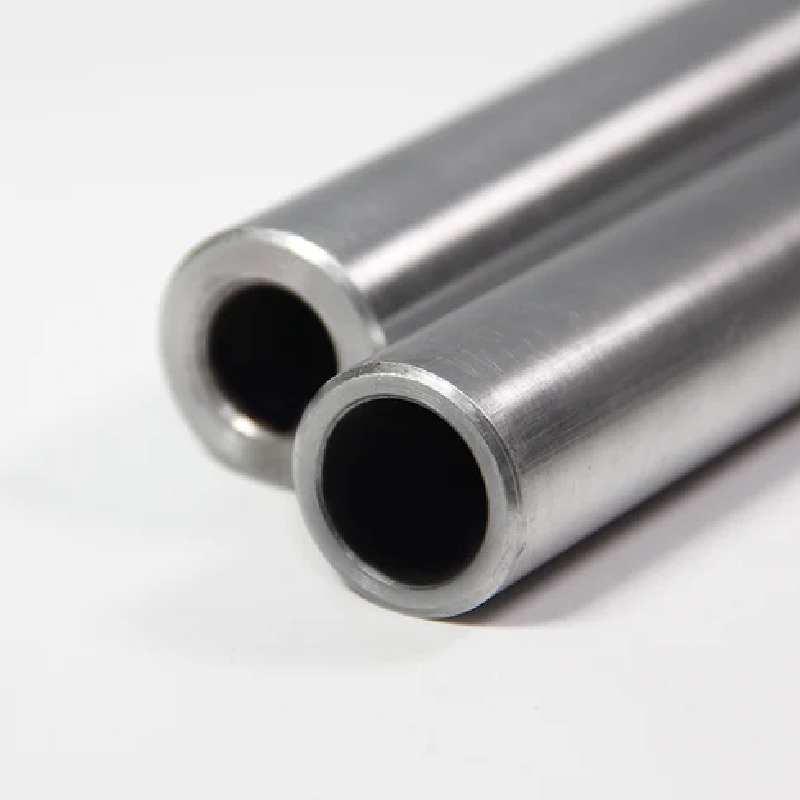-
Cangzhou Yulong Steel Co., Ltd.
-
Phone:
+86 13303177267 -
Email:
admin@ylsteelfittings.com
- English
- Arabic
- Italian
- Spanish
- Portuguese
- German
- kazakh
- Persian
- Greek
- French
- Russian
- Polish
- Thai
- Indonesian
- Vietnamese
- Zulu
- Korean
- Uzbek
- Hindi
- Serbian
- Malay
- Ukrainian
- Gujarati
- Haitian Creole
- hausa
- hawaiian
- Hebrew
- Miao
- Hungarian
- Icelandic
- igbo
- irish
- Japanese
- Javanese
- Kannada
- Khmer
- Rwandese
- Afrikaans
- Albanian
- Amharic
- Armenian
- Azerbaijani
- Basque
- Belarusian
- Bengali
- Bosnian
- Bulgarian
- Catalan
- Cebuano
- China
- China (Taiwan)
- Corsican
- Croatian
- Czech
- Danish
- Esperanto
- Estonian
- Finnish
- Frisian
- Galician
- Georgian
- Kurdish
- Kyrgyz
- Lao
- Latin
- Latvian
- Lithuanian
- Luxembourgish
- Macedonian
- Malgashi
- Malayalam
- Maltese
- Maori
- Marathi
- Mongolian
- Myanmar
- Nepali
- Norwegian
- Norwegian
- Occitan
- Pashto
- Dutch
- Punjabi
- Romanian
- Samoan
- Scottish Gaelic
- Sesotho
- Shona
- Sindhi
- Sinhala
- Slovak
- Slovenian
- Somali
- Sundanese
- Swahili
- Swedish
- Tagalog
- Tajik
- Tamil
- Tatar
- Telugu
- Turkish
- Turkmen
- Urdu
- Uighur
- Welsh
- Bantu
- Yiddish
- Yoruba

Nov . 09, 2024 14:53 Back to list
Flange 160 Specifications and Applications in Industrial Settings
Understanding Flanges A Detailed Look at Flange 160
Flanges play a crucial role in various engineering and construction applications. They are used to connect pipes, valves, pumps, and other equipment in a piping system. Among the numerous types of flanges, Flange 160 stands out due to its specific dimensions and applications. This article explores the intricacies of Flange 160, including its specifications, materials, applications, and installation practices.
Specifications of Flange 160
Flange 160 typically refers to a specific size and pressure class of flanges as per the standards set by organizations like ASTM (American Society for Testing and Materials) or ASME (American Society of Mechanical Engineers). The dimensions of this flange can vary depending on the industry and the standard being applied.
For instance, the nominal size, bolt circle diameter, and the number of bolt holes are essential dimensions to consider. A Flange 160 generally implies a nominal diameter that can accommodate a 160-mm pipe. The thickness of the flange also varies according to its pressure rating, which is an important aspect to ensure its suitability for high-pressure applications.
Materials Used for Flange 160
The choice of material for Flange 160 is vital for its performance in various environments. Common materials include carbon steel, stainless steel, and alloy steel.
1. Carbon Steel This is the most commonly used material due to its balance of strength and cost-effectiveness. Carbon steel flanges are often used in water and wastewater applications.
2. Stainless Steel For environments that require resistance to corrosion, stainless steel flanges are preferred. They are ideal for chemical processing and marine applications.
3. Alloy Steel These flanges are designed for high-temperature and high-pressure applications, making them suitable for the oil, gas, and power generation industries.
Applications of Flange 160
Flange 160 finds its applications across multiple industries, mainly due to its robust design and reliability. Some common applications include
- Piping Systems Flange 160 is widely used in civil engineering projects where large pipelines need to be connected, such as sewage systems or water supply networks.
flange 160

- Oil and Gas In the oil and gas industry, Flange 160 can be found in various equipment, such as separators, vessels, and pipelines that transport raw materials.
- Chemical Processing These flanges are instrumental in chemicals' transportation and storage, where containment and pressure management are critical.
- Power Generation In power plants, Flange 160 may be utilized in steam systems and cooling water systems, ensuring efficient operational flow.
Installation Practices
Proper installation of Flange 160 is imperative to ensure integrity and prevent leaks. Here are some best practices
1. Surface Preparation Ensure that the surfaces of the flanges are clean and free of debris. Any dirt or rust may compromise the seal.
2. Gasket Selection Choose the appropriate gasket material according to the application and the fluids that will be transported. The gasket provides a tight seal to prevent leakage.
3. Torque Specifications Following the manufacturer’s torque specifications is essential for achieving the correct tightness. Over-tightening can lead to deformation, while under-tightening can cause leaks.
4. Alignment Ensure that the flanges are properly aligned before bolting them together. Misalignment can lead to uneven stress distribution and potential failure.
5. Routine Inspection Regularly inspect flange connections to monitor for signs of wear, leakage, and other issues, especially in high-stress environments.
Conclusion
Flange 160 is more than just a mechanical component; it is integral to numerous engineering systems. Understanding its specifications, material choices, applications, and installation processes is crucial for engineers, technicians, and anyone involved in piping systems. By ensuring proper selection and maintenance of Flange 160, industries can achieve enhanced safety, reliability, and efficiency in their operations. As technology evolves, it will be interesting to see how flange designs adapt to meet the increasing demands of modern engineering challenges.
Latest news
-
ANSI 150P SS304 SO FLANGE
NewsFeb.14,2025
-
ASTM A333GR6 STEEL PIPE
NewsJan.20,2025
-
ANSI B16.5 WELDING NECK FLANGE
NewsJan.15,2026
-
ANSI B16.5 SLIP-ON FLANGE
NewsApr.19,2024
-
SABS 1123 FLANGE
NewsJan.15,2025
-
DIN86044 PLATE FLANGE
NewsApr.19,2024
-
DIN2527 BLIND FLANGE
NewsApr.12,2024
-
JIS B2311 Butt-Welding Fittings LR/SR 45°/90° /180°Seamless/Weld
NewsApr.23,2024











